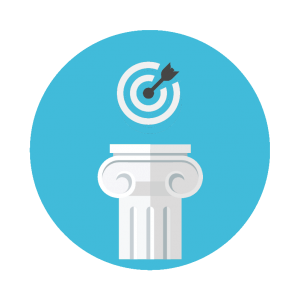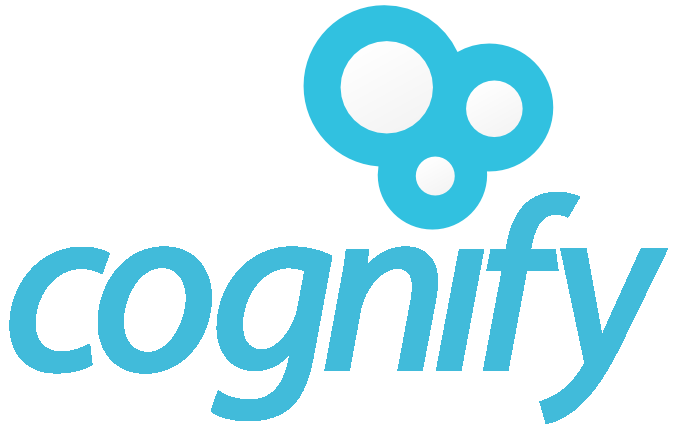
The key to successful gamification in business
The benefits of gamification for business are well documented – but it can easily backfire if you don’t use it appropriately with the people you’re trying to engage. That’s why, through years of user testing, we’ve developed the four fundamental pillars to successfully applying gamification for motivating employees…
Gamification has become a growing trend in business in recent years, with companies increasingly recognising its value in engaging customers, motivating staff and achieving organisational objectives. With its emergence, however, has come some confusion over what gamification actually is. For example, introducing games into a business environment is often labelled as gamification, but this is not strictly accurate; in fact, this tried and tested strategy is best described as ‘game-based learning’ or ‘serious games’.
So what exactly is gamification then? The term is defined as taking game elements, such as game theory or game mechanics, and applying them to a non-game context – considering this, it immediately becomes clear that the use of a game cannot itself be considered gamification.
We’ve all become familiar with simple game mechanics like leaderboards and badge systems to get people using a service or behaving in a desired way, but the scope of gamification is much broader than that, especially in the workplace. To fulfil its potential then, the gamification of any business process or learning & development strategy needs to start with a serious consideration of its audience and goals, and requires a framework to ensure that game elements applied are fit for purpose.
As a starting point, it’s important to remember that everyone works differently – on the surface, for example, encouraging competition by introducing a leaderboard might seem like a great way to motivate your staff to improve the way they do certain tasks. However, if a sizeable proportion of your workforce isn’t naturally competitive, you can end up leaving them less engaged and motivated than they were before.
This is why we’ve developed what we call the ‘four pillars’ of successful gamification in business. Our framework that can be applied during the development of any learning programme or business strategy to ensure employees are personally engaged and motivated to learn more, do more and be more.
The four pillars are centred around intrinsic employee motivations:

Autonomy
Employees work best when given the autonomy to make – and challenge – their own choices. A gamification strategy aimed at motivating employees should empower them with a level of self guidance and goal setting, through a system that provides clear and immediate feedback.

Mastery
People gain a great sense of achievement from becoming proficient in a skill or field of knowledge, especially if they’re then given the opportunity to demonstrate or use this mastery. Badges go a little way to satisfying this desire for recognition – but if an employee doesn’t also gain a tangible benefit or perk for their mastery, then badges have no value.

Purpose
People are engaged if they feel aligned with the purpose of what they’re doing. Any gamification strategy for employees should ensure that what they’re achieving is authentic and therefore something they can get behind on a personal level.

Relatedness
Any gamification strategy for employees should provide an opportunity to share common ground and interact socially while working together towards a joint goal. This helps create a sense of community and team spirit, for many, social interaction is a motivating factor in itself.
Having used these pillars in gamified learning strategies that we’ve developed for our clients, we can testify to the power they have to motivate and engage employees – one example being a gamified peer-to-peer learning app, which demonstrates how this highly successful approach keeps employees hooked on collaborating.
Business buzzwords like gamification can be intimidating for some, but despite all the terminology and the variety of mechanics and applications at play, it’s actually quite simple. Essentially, gamification taps into the natural motivations that engage employees to take action – in this sense, gamification is human-focused or persuasive design.
If you want to make gamification a successful part of your employee engagement strategy, sign up to the rest of our 7-part blog series – next time we’ll be taking a closer look at game mechanics and exploring what game elements work, at work.
Sign Up to Our Successful Gamification in Business Blogs Here
